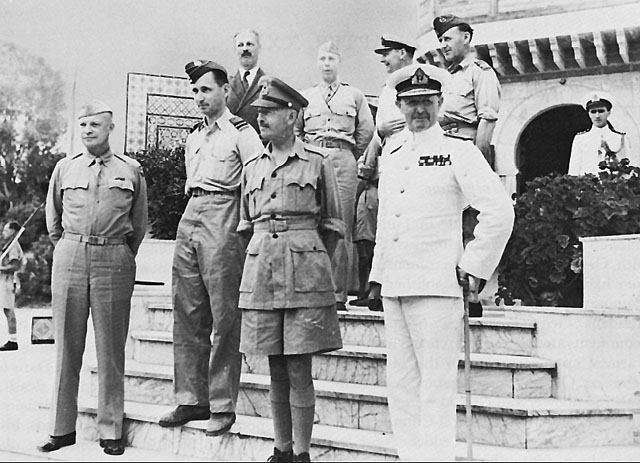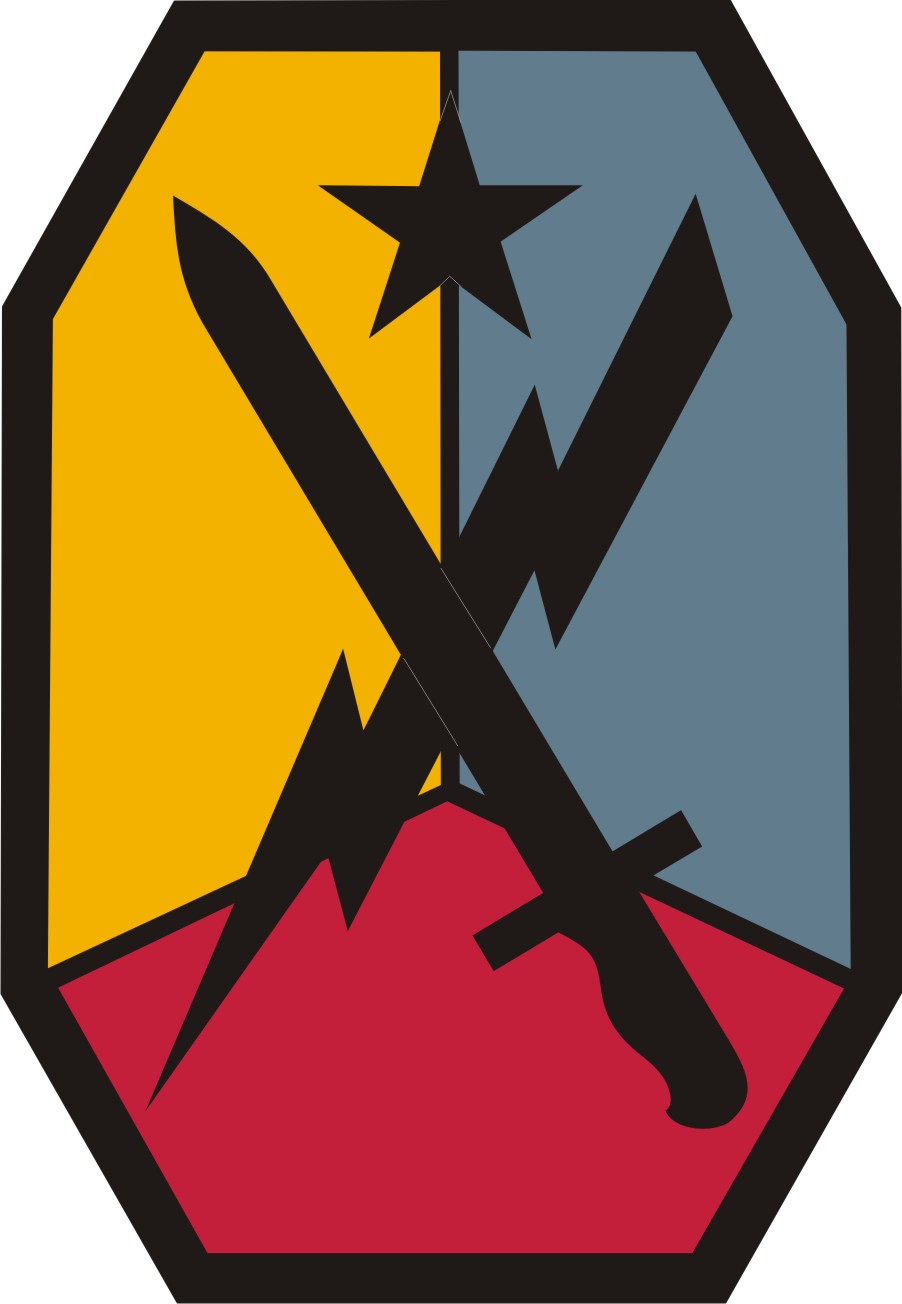|
John E. Butts
John Edward Butts (August 4, 1922 – June 23, 1944) was a United States Army second lieutenant and rifle platoon leader who received the Medal of Honor posthumously for his actions above and beyond the call of duty during the Normandy Campaign in World War II. Butts was one of five brothers to serve in the war and the only one to be killed in action. Biography Butts was born on August 4, 1920, in Medina, New York Medina is a Administrative divisions of New York#Village, village in the Towns of Shelby, New York, Shelby and Ridgeway, New York, Ridgeway in Orleans County, New York, Orleans County, New York (state), New York, United States. It is located app .... He was one of six sons of Jerry and Anna (Hogan) Butts. He attended Medina College, Medina High School where he played football. He joined the National Guard of the United States, National Guard in Medina at age 17, in 1939. He began National Guard training at Fort McClellan in Alabama in October 1940. After training ... [...More Info...] [...Related Items...] OR: [Wikipedia] [Google] [Baidu] |
Medina, New York
Medina is a Administrative divisions of New York#Village, village in the Towns of Shelby, New York, Shelby and Ridgeway, New York, Ridgeway in Orleans County, New York, Orleans County, New York (state), New York, United States. It is located approximately 10 miles south of Lake Ontario. The population was 6,065 at the United States Census, 2010, 2010 census, making it the county's most populous municipality. The village was named by its surveyor, Ebenezer Mix. It is part of the Rochester, New York, Rochester Rochester, New York metropolitan area, Metropolitan Statistical Area. The Medina zip code, 14103, encompasses the village of Medina and the surrounding towns of Ridgeway and Shelby. The village developed after construction of the Erie Canal, which bends as it passes through the village, creating a basin that served as a stopover point. This became the center of businesses that served trade and passenger traffic on canal boats. In addition, mills were constructed on Oak Orchar ... [...More Info...] [...Related Items...] OR: [Wikipedia] [Google] [Baidu] |
Fort McClellan
Fort McClellan, originally Camp McClellan, is a United States Army post located adjacent to the city of Anniston, Alabama. During World War II, it was one of the largest U.S. Army installations, training an estimated half-million troops. After the war it became the home of the Military Police Corps, the Chemical Corps and the Women's Army Corps. From 1975 until it was closed in 1999, Fort McClellan was home of the Military Police Corps and the One Station Unit Training (OSUT) Military Police School. Also after World War II until it was closed in 1999, it was home of the Chemical Corps School, which trained soldiers in chemical warfare. In 1988, Fort McClellan was used as an alternate training academy for the United States Border Patrol. Before its closure by the Base Realignment and Closure commission ( BRAC), the post employed about 10,000 military personnel (half of whom were permanently assigned) and about 1,500 civilians. It underwent unexploded ordnance ( UXO) clean up fro ... [...More Info...] [...Related Items...] OR: [Wikipedia] [Google] [Baidu] |
Combat Infantry Badge
The Combat Infantryman Badge (CIB) is a United States Army military decoration. The badge is awarded to infantrymen and Special Forces soldiers in the rank of colonel and below, who fought in active ground combat while assigned as members of either an Infantry or Special Forces unit of brigade size or smaller at any time after 6 December 1941. For those soldiers who are not members of an infantry, or Special Forces unit, the Combat Action Badge (CAB) is awarded instead. For soldiers with an MOS in the medical field they would, with the exception of a Special Forces Medical Sergeant (18D), receive the Combat Medical Badge. 18D Special Forces Medics would receive the Combat Infantryman badge instead. The CIB and its non-combat contemporary, the Expert Infantryman Badge (EIB), were created in November 1943 during World War II to boost morale and increase the prestige of service in the Infantry. Specifically, it recognizes the inherent sacrifices of all infantrymen, and that t ... [...More Info...] [...Related Items...] OR: [Wikipedia] [Google] [Baidu] |
World War II Normandy American Cemetery And Memorial
The Normandy American Cemetery and Memorial () is a World War II cemetery and memorial in Colleville-sur-Mer, Normandy, France, that honors American troops who died in Europe during World War II. It is located on the site of the former temporary battlefield cemetery of Saint Laurent, covers 172.5 acres and contains 9,388 gravesites. A memorial in the cemetery includes maps and details of the Normandy landings and military operations that followed. At the memorial's center is ''Spirit of American Youth Rising from the Waves'', a bronze statue by Donald De Lue. The cemetery also includes two flag poles where, at different times, people gather to watch the American flags being lowered and folded. The cemetery, which was dedicated in 1956, is the most visited cemetery of those maintained by the American Battle Monuments Commission (ABMC), with one million visitors a year. In 2007, the ABMC opened a visitor center at the cemetery, relating the global significance and meaning of Operat ... [...More Info...] [...Related Items...] OR: [Wikipedia] [Google] [Baidu] |
Douve
The Douve () or Ouve is a river, in length, which rises in the commune of Tollevast, near Cherbourg in the department of Manche. ''Ouve'' is considered its old name (''Unva'' in ancient texts): Ouve appears to have been misspelled over the course of time as "Douve river" and then as "River of the Douve" (Douve literally means Ditch). The French name for this watercourse is ''la Douve''. After passing Tollevast, the river proceeds through the hills of the Cotentin peninsula (Cherbourg peninsula) and goes by Sottevast, l'Étang-Bertrand and Magneville. It borders Néhou and crosses Saint-Sauveur-le-Vicomte. Once it reaches Bauptois, it alters its direction towards the Bay of the Seine in the south-eastern English Channel, passing through Carentan. The Douve is a navigable river owing to its flat bottom and adequate depth of flow. In 1944 German troops, preparing Rommel's Fortress Europa, flooded the valley to prevent landing paratroops or gliders. On D-Day, the river was ... [...More Info...] [...Related Items...] OR: [Wikipedia] [Google] [Baidu] |
Allied Invasion Of Sicily
The Allied invasion of Sicily, also known as the Battle of Sicily and Operation Husky, was a major campaign of World War II in which the Allies of World War II, Allied forces invaded the island of Sicily in July 1943 and took it from the Axis powers, Axis forces (Kingdom of Italy and Nazi Germany). It began with a large Amphibious warfare, amphibious and airborne forces, airborne Military operation, operation, followed by a six-week land campaign, and initiated the Italian campaign (World War II), Italian campaign. To divert some of the Axis forces to other areas, the Allies engaged in several deception operations, the most famous and successful of which was Operation Mincemeat. Husky began on the night of 9–10 July 1943 and ended on 17 August. Strategically, Husky achieved the goals set out for it by Allied planners: the Allies drove Axis air, land and naval forces from the island, and the Mediterranean Sea, Mediterranean sea lanes were opened for Allied merchant ships for th ... [...More Info...] [...Related Items...] OR: [Wikipedia] [Google] [Baidu] |
North Africa Campaign
The North African campaign of World War II took place in North Africa from 10 June 1940 to 13 May 1943, fought between the Allies and the Axis Powers. It included campaigns in the Libyan and Egyptian deserts (Western Desert campaign, Desert War), in Morocco and Algeria (Operation Torch), and in Tunisia ( Tunisia campaign). The Allied war effort was dominated by the British Commonwealth and exiles from German-occupied Europe. The United States entered the war in December 1941 and began direct military assistance in North Africa on 11 May 1942. Fighting in North Africa started with the Italian declaration of war on 10 June 1940. On 14 June, the British 11th Hussars and part of the 1st Royal Tank Regiment, (1st RTR) crossed the border from Egypt into Libya and captured Fort Capuzzo. This was followed by an Italian counter-offensive into Egypt and the capture of Sidi Barrani in September. The British recaptured Sidi Barrani in December during Operation Compass. The Italian 1 ... [...More Info...] [...Related Items...] OR: [Wikipedia] [Google] [Baidu] |
Georgia (U
Georgia most commonly refers to: * Georgia (country), a country in the South Caucasus * Georgia (U.S. state), a state in the southeastern United States Georgia may also refer to: People and fictional characters * Georgia (name), a list of people and fictional characters with the female given name * Georgia (musician) (born 1990), English singer, songwriter, and drummer Georgia Barnes Places Historical polities * Kingdom of Georgia, a medieval kingdom * Kingdom of Eastern Georgia, a late medieval kingdom * Kingdom of Western Georgia, a late medieval kingdom * Georgia Governorate, a subdivision of the Russian Empire * Georgia within the Russian Empire * Democratic Republic of Georgia, a country established after the collapse of the Russian Empire and later conquered by Soviet Russia. * Georgian Soviet Socialist Republic, a republic within the Soviet Union * Republic of Georgia (1990–1992), Republic of Georgia, a republic in the Soviet Union which, after the collapse of the U ... [...More Info...] [...Related Items...] OR: [Wikipedia] [Google] [Baidu] |
Fort Benning
Fort Benning (named Fort Moore from 2023–2025) is a United States Army post in the Columbus, Georgia area. Located on Georgia's border with Alabama, Fort Benning supports more than 120,000 active-duty military, family members, reserve component soldiers, retirees and civilian employees on a daily basis. As a power projection platform, the post can deploy combat-ready forces by air, rail, and highway for their designated mission. Fort Benning is the home of the United States Army Maneuver Center of Excellence, the United States Army Armor School, United States Army Infantry School, the Western Hemisphere Institute for Security Cooperation (formerly known as the School of the Americas), elements of the 75th Ranger Regiment, the 1st Security Force Assistance Brigade, and other tenant units. Established in 1918 as Camp Benning, named after Confederate General Henry L. Benning in the American Civil War, it was the Home of the Infantry. In 1922 Camp Benning became Fort Benn ... [...More Info...] [...Related Items...] OR: [Wikipedia] [Google] [Baidu] |
Officer Candidate School
An officer candidate school (OCS) is a military school which trains civilians and Enlisted rank, enlisted personnel in order for them to gain a Commission (document), commission as Commissioned officer, officers in the armed forces of a country. How OCS is run differs between countries and services. Typically, officer candidates have already attained post-secondary education, and sometimes a bachelor's degree, and undergo a short duration of training (not more than a year) which focuses primarily on military skills and leadership. This is in contrast with a military academy which includes academic instruction leading to a bachelor's degree. Australia Officer Cadet School of Australia – Portsea (OCS Portsea) commenced training officers for the Australian Army in 1951 and continued through to the end of 1985. Since OCS Portsea's closure in 1985, all Australian Army Officer training has been conducted at the Royal Military College, Duntroon in Canberra. During the Vietnam War, the ... [...More Info...] [...Related Items...] OR: [Wikipedia] [Google] [Baidu] |






